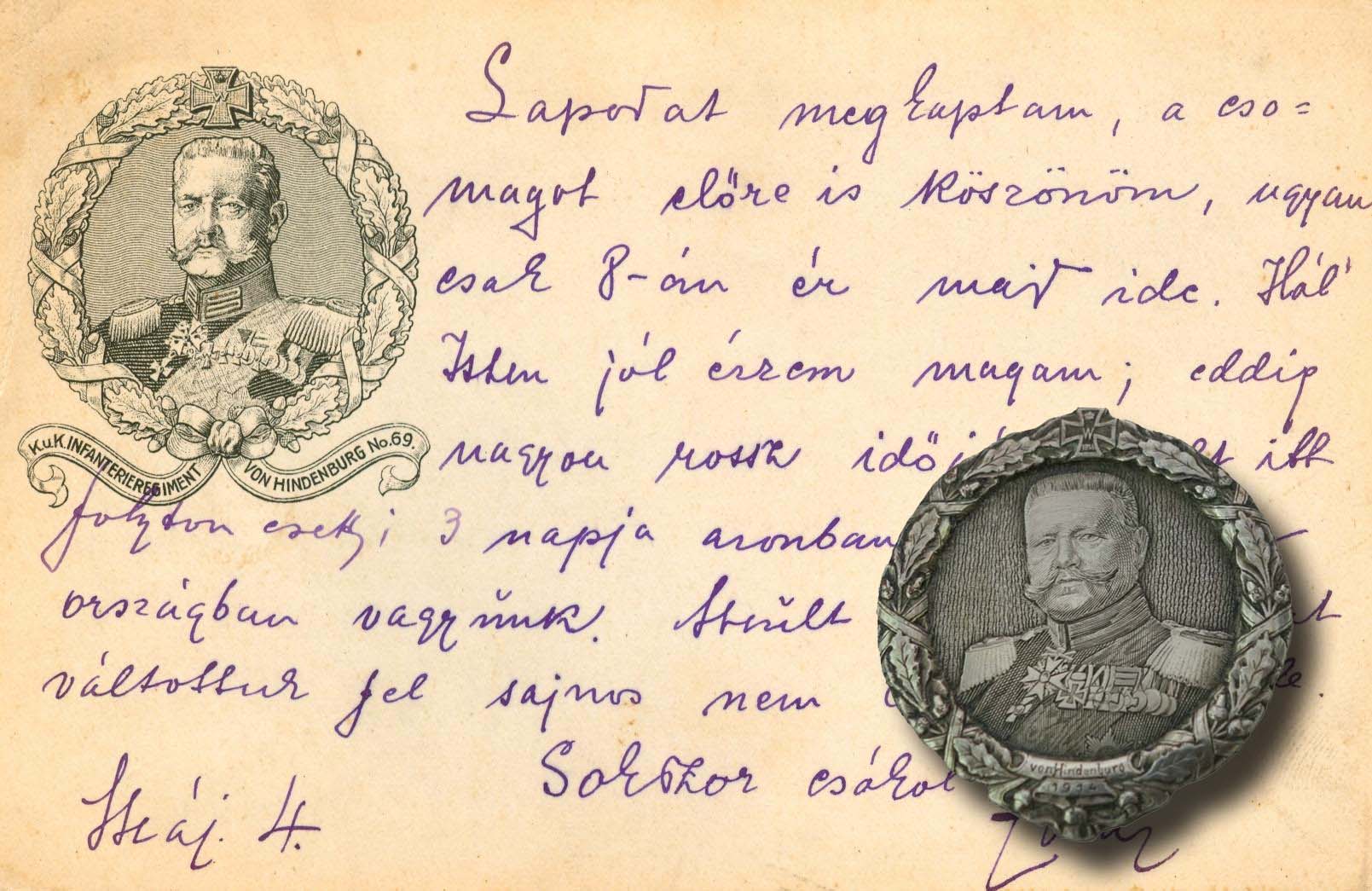Paul von Hindenburg Marshal
German Field Marshal Paul von Hindenburg was born in Posen (now Poznan) in 1847. His father was a Prussian army officer. From 1858 he studied at the Military School in Wahlstatt and then in Berlin. He became an officer of the Army of the Kingdom of Prussia. He participated in the Prussian-Austrian War of 1866 and the Prussian-French War of 1870-71. In 1878 he became chief of staff of the German Empire, which had since been formed. Due to his age, he retired from military service in 1911. By this time he was a general.

In 1914, he was recalled to military service and entrusted with the leadership of the East Prussian army, along with General Ludendorff. Like the Monarchy, Germany employed defensive tactics against Russia and deployed its main forces to attack France. Under the excellent leadership of the two generals, the Russian advance was not only halted, but the Russian forces were defeated in the Battle of Tannenberg. This operation led to the great 1915 offensive launched in arm with the Armies of the Monarchy. As a result, Russian troops were forced to give up the territory of Russian Poland. In 1916 he became commander-in-chief of the German army, and General Ludendorff was appointed to the Joint Chiefs of Staff. He then sought a winning solution for the German army on the Western Front until 1918. In the meantime, he had to come to the aid of the Monarchy during the Romanian attack in 1916 and the great offensive against Italy in November 1917. Under his leadership, the German army achieved that it was not defeated on the front lines. The permanent depletion of the country’s reserves, despite the Russian collapse, necessitated an end to the war. In addition to economic reasons, the successful Balkan offensive of the entente, the capitulation of Bulgaria and then the Austrian Monarchy, forced Germany to do so.
After the war, Hindenburg, who remained highly respected, became the second president of the Weimar Republic from 1925 until his death in 1934.

Field Marshal Hindenburg was also popular in the Monarchy. His popularity is reflected in the fact that after the two emperors of Austria-Hungary his portrait was used third most on the Kappenabzeichen. Far more than, for example, the German emperor or any Austro-Hungarian military officer. In this post, I present a relatively rare badge, which is very similar to the badge adorning the 69th Infantry Regiment’s Postcard. Hindenburg was the owner of this regiment. There are two badges of the 69th decorated with a portrait of the German Field Marshal. Still, the depiction on the field post card I think, was made of this badge without the ribbons on the lower part. The ribbons with the script of the regiment’s name were added only by graphic work





[…] many motifs. Some of these show a portrait of the regiment’s owner Paul von Hindenburg, as I presented earlier in the post about the German Marshal. Other cards show battle scenes, heroically fighting 69 bucks, […]